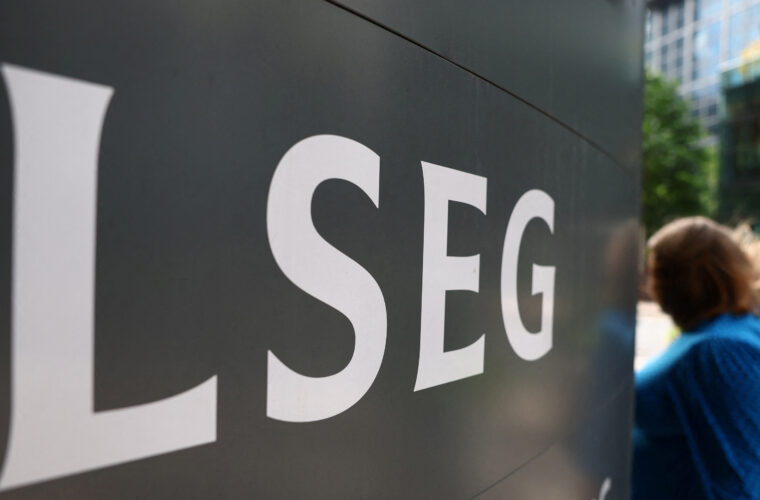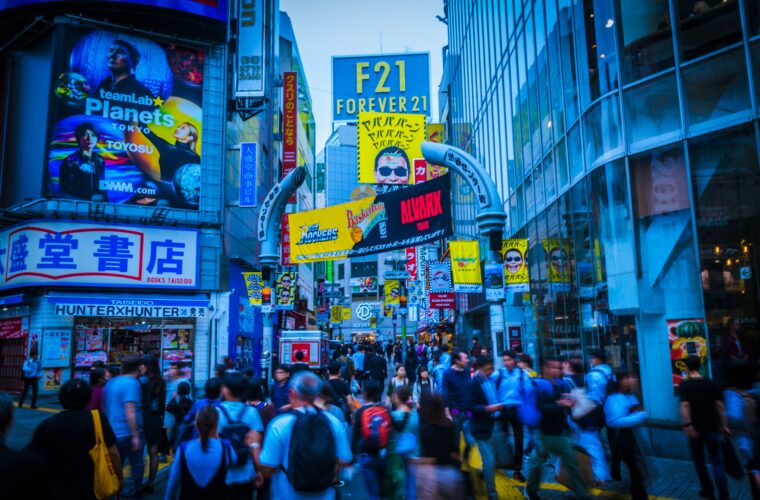By Gopi Kannappan, Chief Product Officer bitsCrunch*
NFTs and Art: “The trade volume for non-fungible tokens or NFTs was about $17 billion in January 2022 – but since trade has tumbled about 94% from its peak value the result is scepticism. Given the scandals and rumours that surround the world of digital tokens who would not be sceptical?”
Stored on the immutable ledger Blockchain, NFTs represent unique digital tokens that cannot be replaced. Like physical art, their value is subjective and can rise or fall according to market conditions or the perspective of collectors. Still, those who know about NFTs and genuinely understand how the world can gain from Technology stand firm.
The hype around NFTs since the second half of 2021 has led many artists and creators to contemplate the technology’s potential – and the question of whether they should be joining this digital revolution. According to a 16z crypto, creators average $174,000 in NFTs, which is very high compared to other popular creator platforms. NFTs benefited many artists, especially digital creators whose artworks were undervalued before NFTs came into existence.
Digital NFTs Art
While the idea of enjoying works of art digitally might be uncomfortable for conventional artists and collectors at first, at a second glance, NFTs might be the change the art world needs in the digital age. Digital artist Beeple for example, was able to realize an astonishing $69 million for his piece “Everyday: The First 5,000 Days” at a time when he claimed that his only personal possession was a wardrobe worth barely $600. Beeple’s story is not just one example of the miracles NFTs have enabled. Instead, he is one of many artists worldwide whose projects and works have been selling for millions of dollars. Also, Sotheby’s and Christie’s, the renowned auction houses that primarily deal with traditional physical artwork, have tapped extensively into the market. Christie’s was behind Beeple’s million-dollar digital art auction, and Sotheby’s showed record revenue in 2021 following its entry into NFT auctions.
These two companies are now behind some of the most significant NFT sales, selling artworks from top NFT collections, including Bored Ape Yacht Club, CryptoPunks and others. NFTs have allowed digital artists to attach a financial value to their artwork. With no need for middlemen and art galleries, artists can collect the more significant part of the profits from their NFT sales and, along with it, can also earn resale royalties since the blockchain maintains a record of ownership. NFT platforms have created a more accessible way to develop artwork and reach a global audience.
Web3 Artists
Financial leverage is the main reason behind the massive influx of artists into Web3. However, the real benefit of NFTs is proof of authenticity, restricting anyone from taking credit for the artists’ work. Also, many artists have more freedom to express themselves through digital artwork. They often experimented with unconventional art forms and engaged in diverse styles.
However, with a hefty ecological footprint and massive oversupply, the NFTs Art market is dealing with controversies of its own. Fans of cryptocurrencies and cutting-edge technology have been successful in their endeavours to create sensations, but the initial frenzy also led to an inflation of NFT value. Soon, people were talking about “wash trading”: The term refers to artificially creating a demand for an NFT by buying and selling it multiple times. This practice is now rampant. In October 2021, CryptoPunk #9998 was sold for 124,457 ETH (the cryptocurrency Ethereum), worth $530 million at the time.
Also, plagiarism is on the rise. Copying digital artwork can be as simple as “right click and copy, ” allowing anyone to duplicate NFTs indefinitely. Blockchain technology has helped track ownership, but copyright infringement is common, and the law sadly lags in dealing with the issue. Earlier this year, the popular NFT marketplace OpenSea admitted that about 80% of the NFTs on its platform might be plagiarized works, fake collections and spam. To deal with the issue, OpenSea restricted its minting tool and limited its use to 5 NFT collections, with each collection hosting only 50 NFTs.
Web2 Platforms
Issues as such plague both artists and collectors. But as NFT fraud, theft, and plagiarism make it into the headlines, many NFT marketplaces also gear up their defence. In May, OpenSea took a step further in reducing fraudulent NFTs by installing a new system that uses image recognition technology and human moderators to spot fake NFTs and verify accounts.
Technology has stirred the art world and certainly has energized it. Digital artists struggling to build an audience on Web2 platforms like Instagram and YouTube now have a realm of opportunities and easy access to global audiences. To truly utilize the potential, the industry needs globally agreed-upon regulations that protect both creators and investors – without hindering either growth or creativity. Authentication practices and reliable data infrastructure are crucial to establishing trust between artists, creators, and third-party platforms. bitsCrunch, an NFT analytics and forensics platform, uses artificial intelligence and machine learning to identify wash-traded NFTs, plagiarised artwork, and inflated prices NFTs have a lot to offer.
*Gopi Kannappan is the Chief Product Officer at bitsCrunch, a blockchain analytics company based in Munich. The company’s services protect the NFT ecosystem from fraud and abuse, including protecting artists and NFT marketplaces. Gopi is a blockchain enthusiast with a firm conviction in NFTs and the future use cases around them. He brings nearly two decades of experience to his current role, where he is dedicated to building solutions for the NFT ecosystem.



